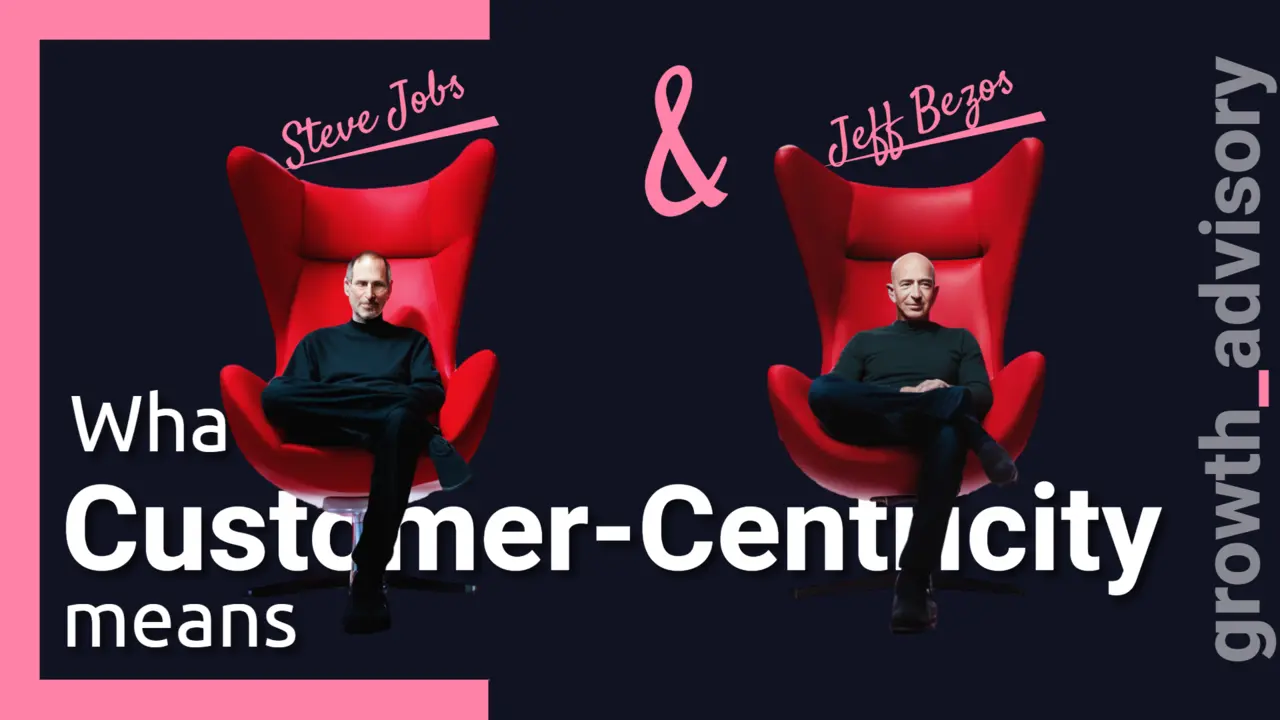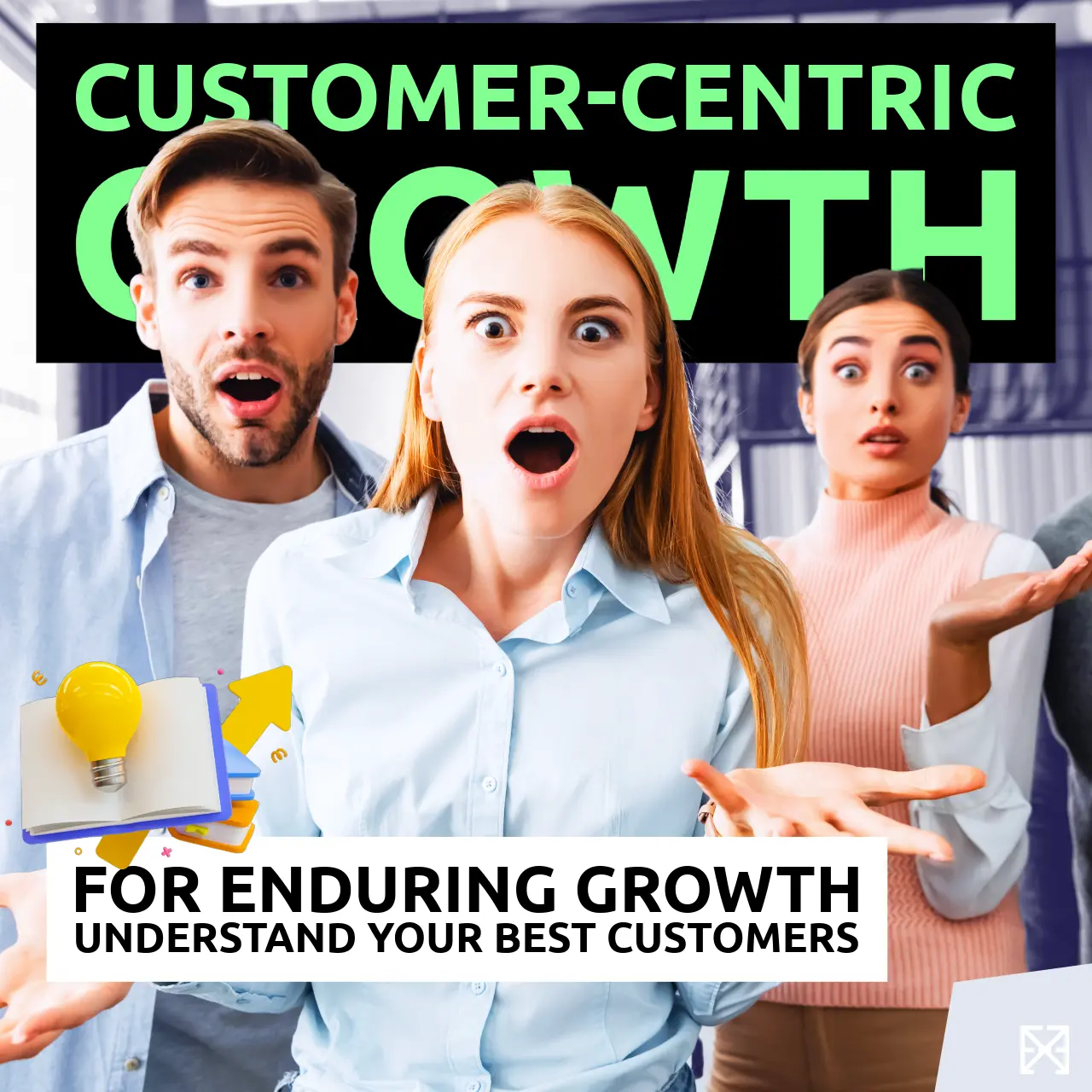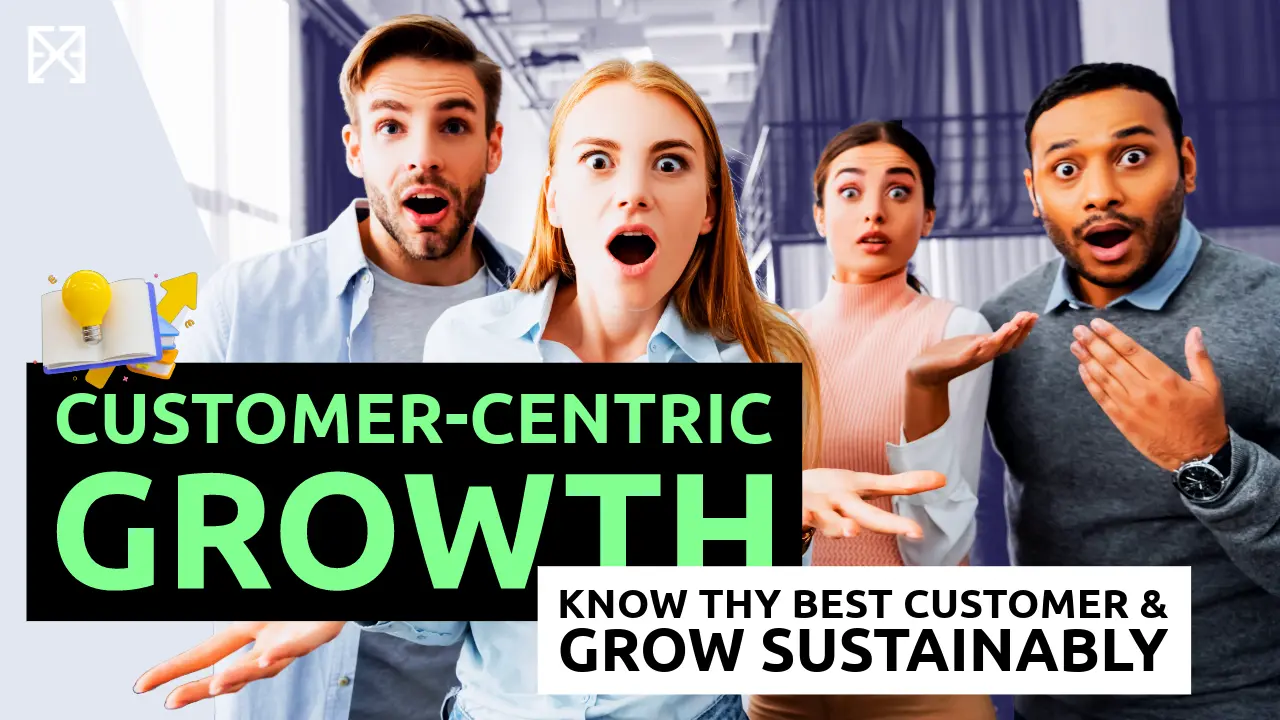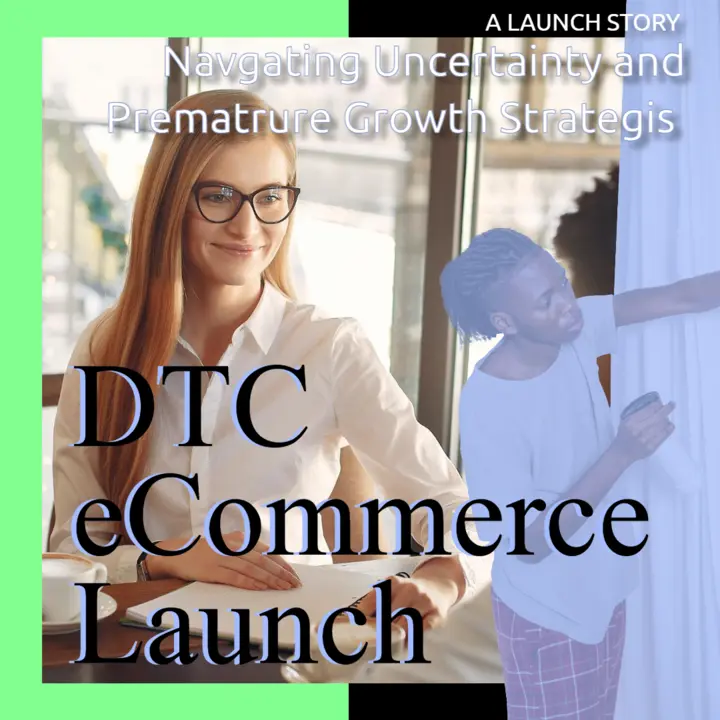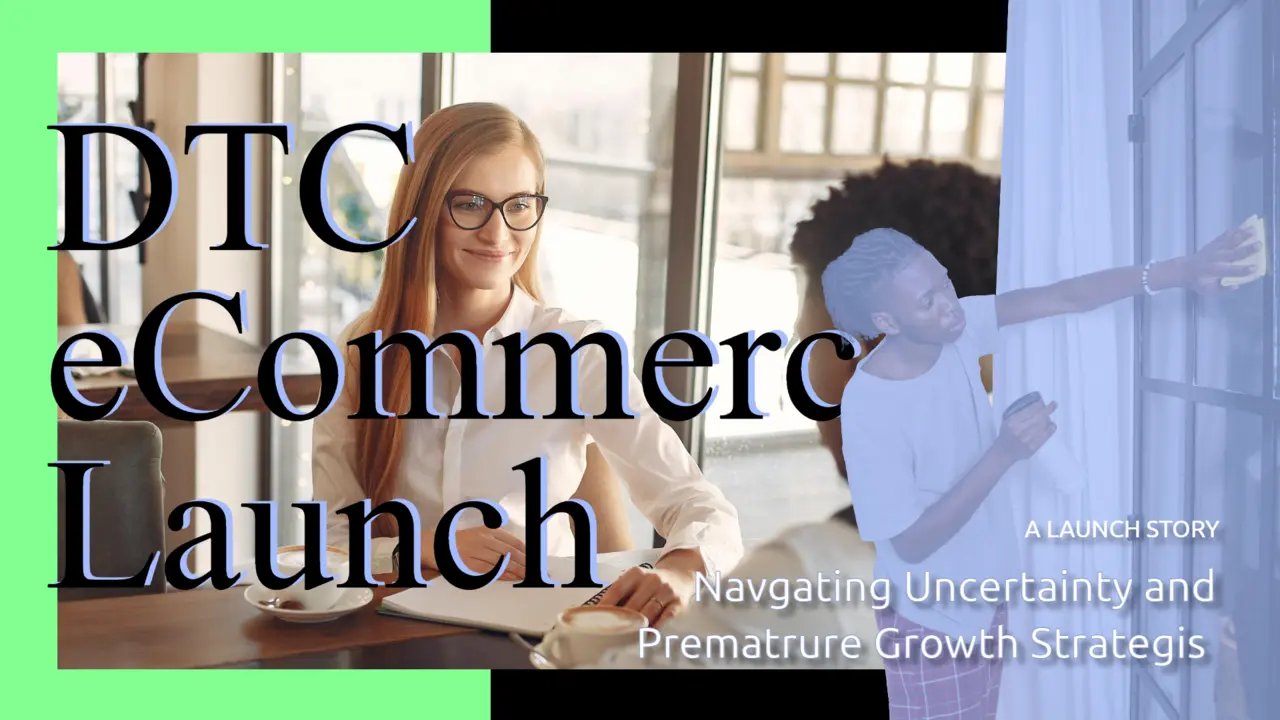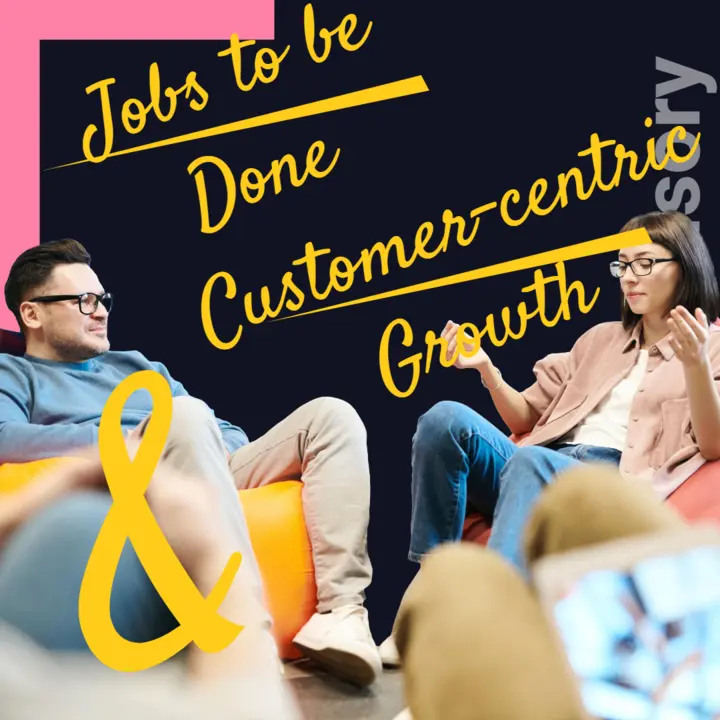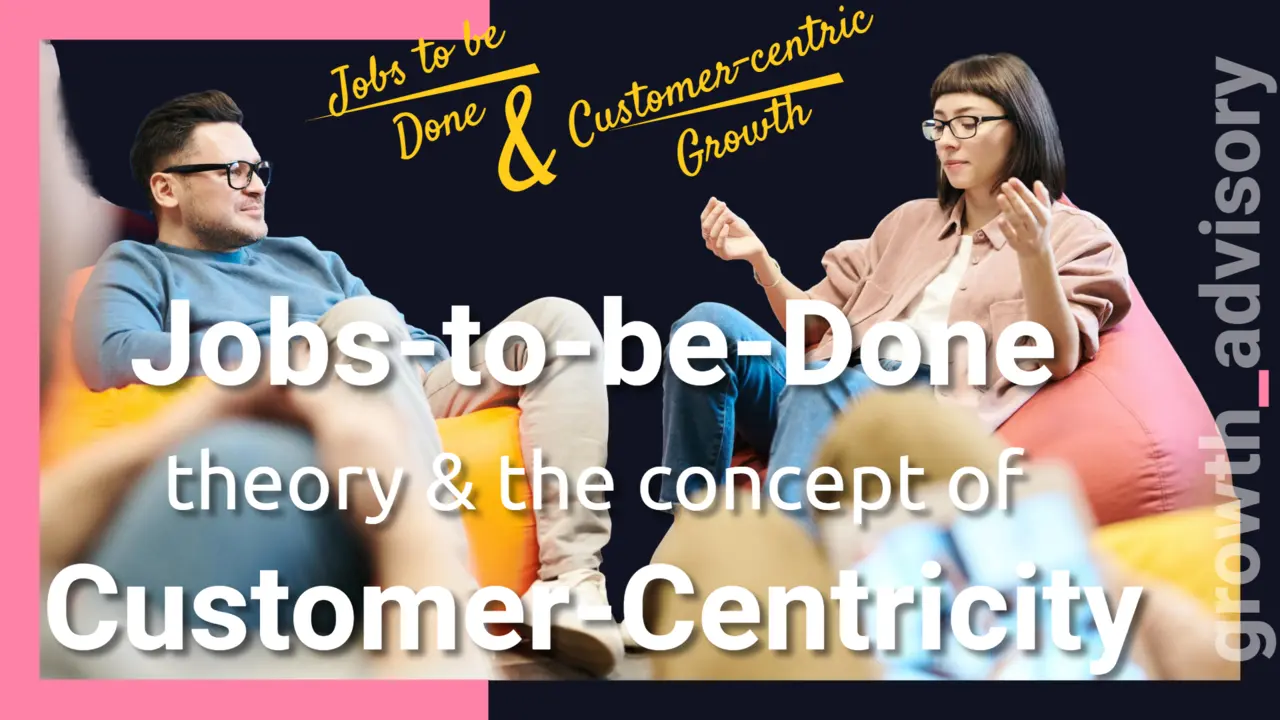In a recent discussion I was made aware that you, my audience, potentially have some misconceptions about customer-centric growth.
Nuances of Customer-Centricity for Today's Leaders
The term "customer-centricity" is more than a buzzword—it's a core principle that successful businesses rally around.
However, the concept is rife with misconceptions, often reduced to simplistic interpretations that do a disservice to its complexity.
Common Misconceptions
A prevalent misunderstanding is that customer-centricity means that "the customer is always right" or that companies should blindly follow every piece of feedback.
However, customer-centricity goes beyond this. It's about understanding the deep-seated needs and desires of customers and addressing them effectively, even if the solutions challenge current norms or expectations.
The Evolution of Customer-Centricity
Historically, companies could succeed with a product-centric approach, but the digital age—with its instant feedback loops and heightened customer expectations—demands a shift.
Even aSteve Jobs — whom you could consider product-centric — is customer-centric.
Because, enduring success requires an alignment with customer needs and aspirations.
Key Principles
Deep Understanding of Customer Needs
Truly customer-centric companies possess an in-depth grasp of their customers' pain points.
Apple, under Steve Jobs, for instance, developed products like the iPhone not just as tech gadgets but solutions to deeply felt consumer needs and desires.
Balancing Feedback and Vision
Being attuned to customer needs doesn't mean sacrificing vision.
Leaders like Jeff Bezos and Steve Jobs have shown that while it's essential to understand customers, there's also a place for visionary innovation that anticipates and shapes future desires.
Avoiding Proxies
Direct engagement, as practiced by Jeff Bezos, who occasionally dives into customer emails, avoids the trap of relying on indirect metrics.
This hands-on approach ensures a direct pulse on customer sentiment.
Long-term Vision
True customer-centricity looks beyond immediate demands, focusing on creating enduring value.
Amazon's commitment to long-term thinking, sometimes at the expense of short-term gains, exemplifies this.
Potential Pitfalls
Over-customization: There's a risk of trying to cater to every individual need, leading to fragmentation. Instead, it's about recognizing patterns and broad needs across the customer base.
Paradox of Choice: More options aren't always better. More personalization or customization does not mean more customer centric. Companies should seek to simplify choices based on what's genuinely best for their customer.
Best Complex Real-World Examples
While Jobs might have seemed product-focused, his obsession with user experience and creating products that resonate emotionally shows deep customer understanding.
Similarly, Jeff Bezos's Amazon, with its "customer obsession" philosophy, showcases how a tech giant can remain intimately connected with its vast user base.
Additional Points of Misconception
- Operational Efficiency: Being customer-centric doesn't mean ignoring operations but ensuring they're aligned with delivering the best value to the customer.
- Broadening the Definition of Stakeholders: An holistic approach that recognizes customers as a primary stakeholder but also values other stakeholders.
- Competitive Landscape: In a broader business context of customer-centricity, understanding the competitive landscape is crucial to offer the best value proposition.
Conclusion
Genuine customer-centricity, as exemplified by industry leaders, is neither about pandering to every whim nor about rigidly adhering to a vision.
It's a nuanced balance, always anchored in a deep understanding of customer needs, both expressed and latent.
In an ever changing business landscape, in a VUCA environment,this understanding is the bedrock of enduring success.
